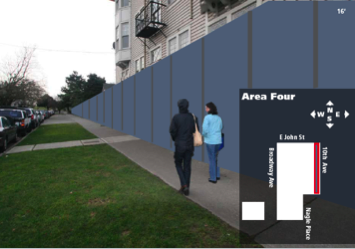 Artist rendition of 10th Ave’s 16-foot construction wall
Artist rendition of 10th Ave’s 16-foot construction wall
Here are some notes and news from Wednesday night’s Sound Transit meeting to update status on construction of the Capitol Hill light rail station and University Link tunnels. The entire presentation from the meeting is embedded below.
Now the news:
- Sound Transit is working with the city to make pedestrian improvements including crosswalks on Olive and Denny Ways. More on that below.
- Seattle’s new noise ordinances went into effect on Wednesday and Sound Transit is readying its application for a variance to allow for 24-hour work. The city will determine the schedule for hearings and public comment but Sound Transit deputy project manager Ron Endlich said his agency’s application will be sent to the city “within weeks.” Presenter Jeff Munnoch said that Sound Transit’s Beacon Hill work generated 10 noise complaint calls in 5 years.
- The construction walls designed to limit noise and dust from the station work site are going to be a blessing and curse when they go up in 2010 — and stay up until 2015. The walls will be 8′ tall on the Broadway side, 16′ on the 10th Ave. Yup, 16 feet tall. Apparently, Broadway is 8 feet higher than 10th, btw, so the fence tops will be level around the site. So, they’ll help stop noise and dust with all their many-feet-tallness. But they’ll also be imposing. Sound Transit says it is planning an art effort to make the walls more interesting and will also look into adding some kind of plexiglass view areas so you can peer in to see the work being done at the site.
- Sound Transit will have noise monitoring machines in place to measure the construction site. They even had one of the little boxes at the meeting. Here’s a picture.
- The citizens in attendance brought up some good points and asked a few tough questions including these paraphrased Q&As:
Q: Is Sound Transit requesting the noise law variance to enable 24×7 construction as a cost cutting measure?
A: It’s a safety issue. It’s safer to keep the tunnel boring machine operating. (though the ST slide lists these factors: Maximizes project safety, efficiency, duration and cost)
Q: Does Sound Transit have information about the effect of construction noise beyond the immediate Broadway/10th Ave area?
A: We’ll get back to you.
Q: Did Sound Transit compare Capitol Hill’s population density with Beacon Hill’s?
A: Clearly Beacon Hill and Capitol Hill are two different neighborhoods…
Q: Does Sound Transit require its contractors to use new machinery that might work more quietly than old machinery?
A: Contractors must use ‘best available’ technology, per contract requirements.
Q: What about the bus stop on John near Broadway?
A: Proposing to move it one block east.
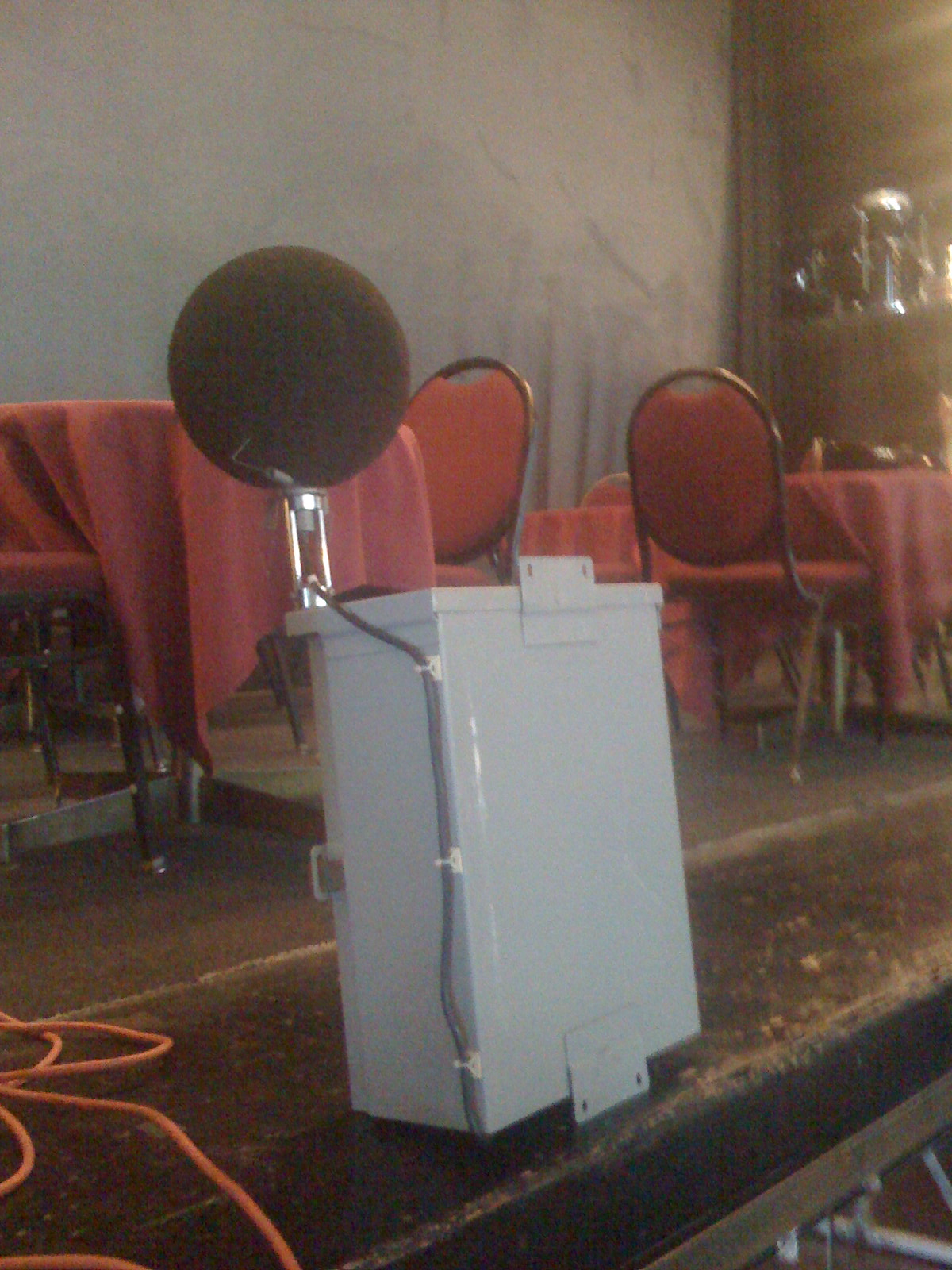
Here is the presentation for you to peruse. More notes and some images from the slides below.
Sound Transit shared data from a noise study a consultant prepared for the agency. Note that the ‘existing’ noise on Broadway is listed at 60 decibels, or somewhere between a conversation and the ‘interior of a department store.’
Sound Transit is expecting construction noise to raise noise on Broadway up to 8% and up to 26% on 10th Ave. A few citizens at the meeting voiced concerned about noise levels beyond Broadway and 10th Ave but Endlich said he would have to ask the noise consultant if they had more information about the concerns. He also said property owners that live above tunnel route should experience no ‘noticeable noise’ or vibrations.
To help lower noise levels — and help gain the variance the agency needs for round-the-clock work — Sound Transit plans the construction walls noted above, dampening material on equipment like compressors and generators and limits on the kind of work that can happen at night. It will also have rules in place to limit truck noise including a ban on compression brakes, a 5-minute idle limit, and no ‘beep beep beep’ tones from the trucks when they back up at night.
Seattle Department of Transportation’s Ethan Melone was also on hand to answer questions about planned pedestrian improvements for the construction area. He said Sound Transit is paying for a crosswalk and a curb bulb to help make walking in the area safer as truck traffic increases to up to 5 trucks per minute 1 truck every 5 minutes leaving the construction area during peak activity. Melone said the goal is to have the improvements in place before the digging phase of the project begins. He also said the Olive Way crossing is being planned but the solution for the busier street is still being discussed.
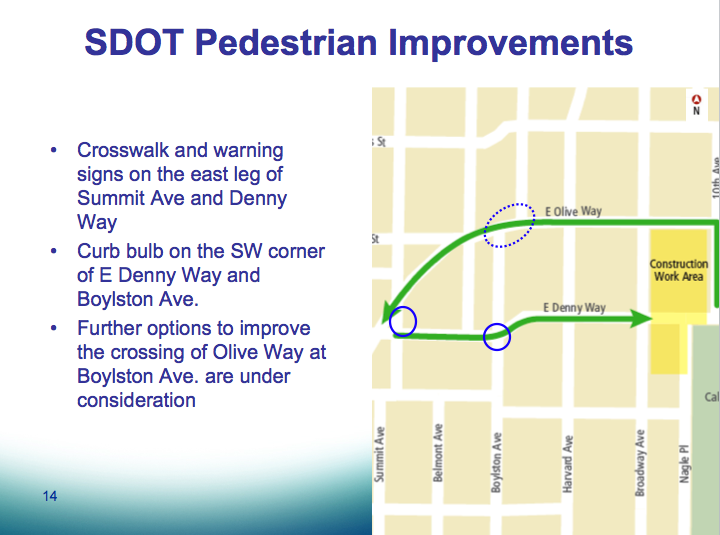 Melone also spoke about the city’s streetcar project which could be in place as early as 2012. As the streetcar line on Capitol Hill will be paid for by Sound Transit, the city has agreed construction of the line won’t interfere with light rail work. Melone said the likely solution for that is an interim teriminus for the streetcar, possibly in the Pike/Pine area, before extending the line to the Capitol Hill light rail station when it is completed in 2016.
Melone also spoke about the city’s streetcar project which could be in place as early as 2012. As the streetcar line on Capitol Hill will be paid for by Sound Transit, the city has agreed construction of the line won’t interfere with light rail work. Melone said the likely solution for that is an interim teriminus for the streetcar, possibly in the Pike/Pine area, before extending the line to the Capitol Hill light rail station when it is completed in 2016.



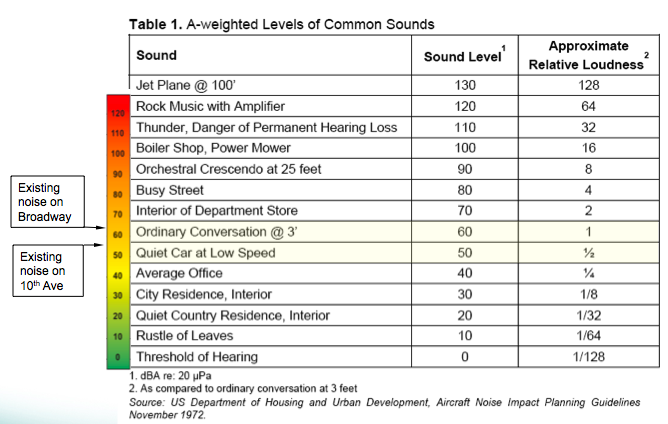
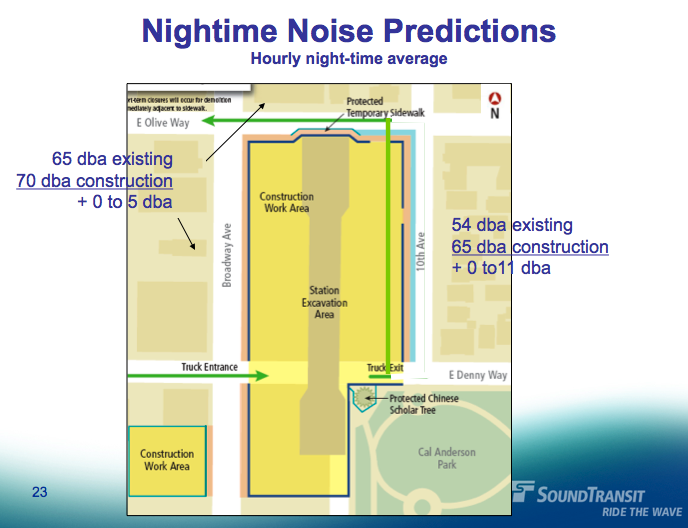
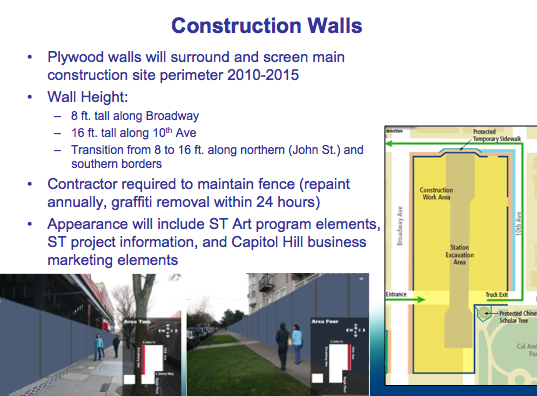
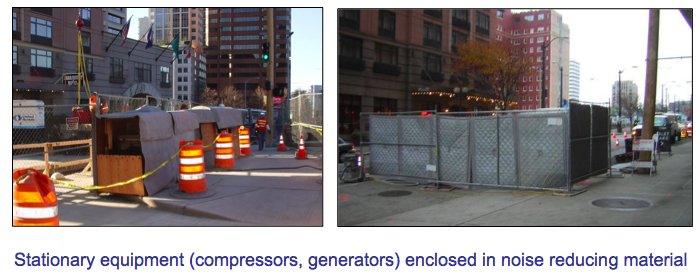
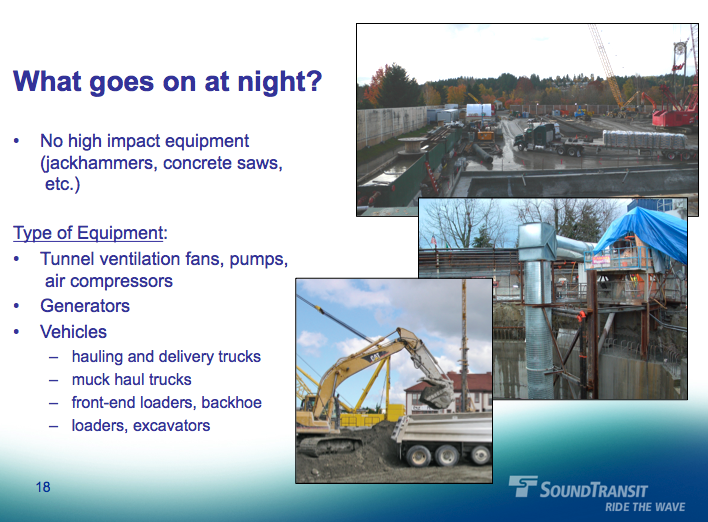
Thank you for attending the meeting and bringing us the essence of a long meeting in an quick, easily accessed summary. I’ve been aching for such a service at many meetings I’ve attended. Breezing in at the end and grabbing the handout is one strategy: this is even easier. Thanks.
BTW is “contstruction” a contraction of “continuous construction”?
AFT
I can’t believe I missed the meeting where they finally committed to the sidewalks! And I can’t believe I’m excited about something that little! Thanks for the great reporting, jseattle (CHS Blog – going to public meetings so you don’t have to).
Mural competitions? Free grafitti zone?
That first question Justin paraphrased (mine) was, “What can you say to convince us that the noise variance you’ll request — to allow you to do things in our neighborhood that would otherwise be illegal — is necessary to allow for construction that is otherwise impossible and that the variance is not simply a cost-cutting measure? What are some limits you’ve hit with regards to noise reduction strategies?” I don’t think Ron’s and Jeff’s answers were convincing, and they didn’t give any examples of areas where they’re doing everything they can and must resort to side-stepping the law because doing things legally is simply not feasible. They just went back to some distracting talking points about increasing safety.
At no point during the meeting did anyone say, “We’re going to do everything we can to keep noise levels in your neighborhood low, but we suspect that in some cases, we’re going to need to convince the City to allow us to make more noise than would otherwise be allowed,” or, “We’ve studied other construction projects in dense, urban, neighborhoods, and here’s what we’ve learned about the latest methods.” They told us that they’d do the same things they did for Beacon Hill station construction and that few people complained about noise during that project.
Is increasing worker safety really an option? How did Sound Transit plan to do this work in the first place: in an unsafe manner, or by imposing an unlawful amount of noise on the neighborhood? What good is the our city’s noise ordinance if it is to be disregarded whenever a noisy project comes along? When Sound Transit finalized plans for construction, did they not take into account the laws that would govern their construction methods, or did they assume that they would successfully bully the public into allowing them to do whatever they like?
I’m all for getting this job finished as quickly as feasible, but I’m concerned that given the choice between telling contractors to do what it takes to keep noise at a legal and responsible level or convincing city government to allow them to disregard the law, Sound Transit will pursue the latter absent pressure from the public.
Capitol Hill, strong supporters of public transit (particularly back when Sound Transit were selling us on their proposal and their construction slogan was, “You’ll never know we’re here”) is already helping to keep construction costs low by dealing with cut-and-cover station construction instead of deep-boring and with one station instead of two (much of our Neighborhood Plan, developed ten years ago when rail was to be completed in 2006, relies upon early plans for two Capitol Hill stations). Now we’re being asked to accept additional noise so that more effective — and undoubtedly costly — noise abatement measures will not be required. The cost of doing heavy construction for over a half-decade in the heart of the most densely-populated neighborhood in the region in a responsible and respectful manner should have been factored into the construction budget from the beginning. If it wasn’t, then someone made a big mistake, and pushing the cost of that mistake off onto the neighborhood is not an appropriate response.
This is a very expensive, noisy, and inconveniencing project to basically extend rail service to the airport and the University District from Capital Hill. There are no where near enough stops to make this rail system viable. I’m going to be very surprised if the first phase comes close to meeting its ridership predictions.
This new extension will run under the most populous neighborhood in the city with one stop between downtown and the U. 5+ years of construction and most people living on the hill will still take a bus or walk to their destinations because that will still be the quickest and most convenient option.
I voted for this thing back when it was supposed to be a comprehensive system. 10 years later and what do we have? 10 years from now what WILL we have? Its so silly.
I think this project is great and will be good for Capitol Hill.
Good coverage!
I am also concerned that if Sound Transit is forced to choose between effective noise abatement and not working 24 hours per day on tunnel and station construction, they may choose the latter, then blame construction delays on neighborhood activism instead of on their own reluctance to devote available resources to construction methods that are respectful of neighborhood residents.
Wow…it’s noisy. Every week night. Are they working on weekends? Wouldn’t that be better for the noise issue than working nights? Even if it was just two nights.